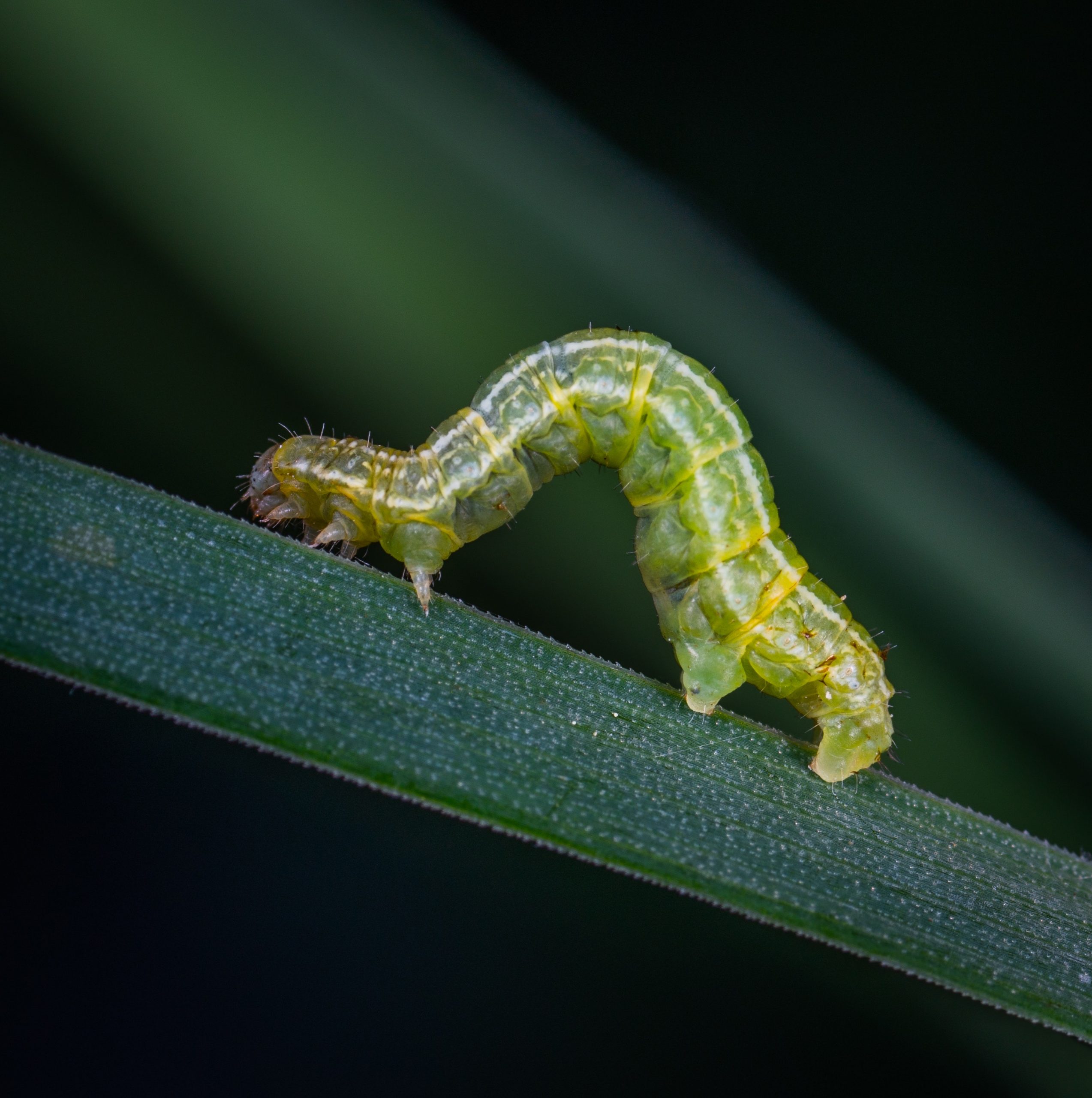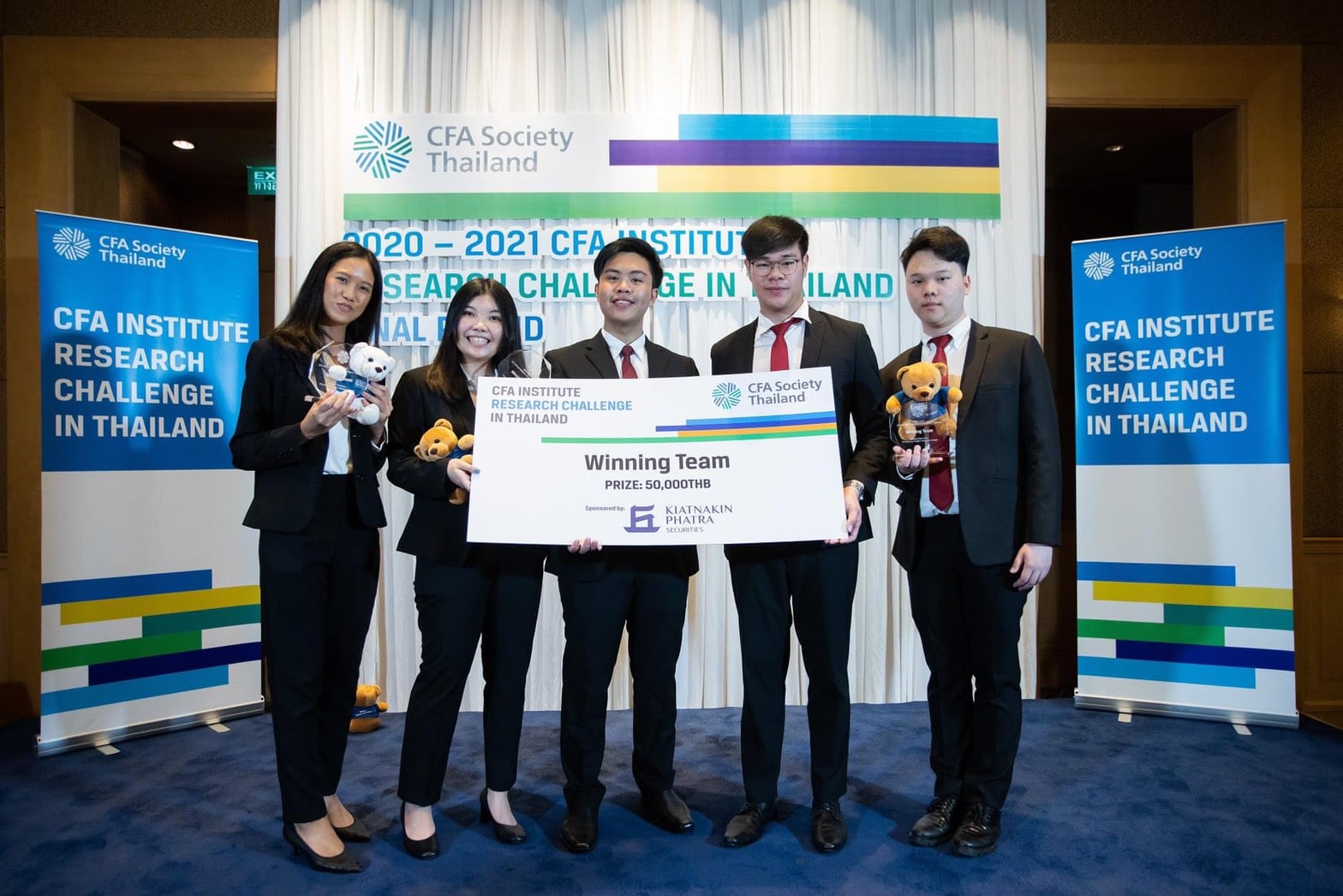Honouring the beauty and significance of mathematics, the International Day of Mathematics (IDM), known before as Pi-Day, highlights the important roles played to achieving the United Nations Sustainable Development Goals (SDG). Supported by 16 international and regional organizations and coordinated by the International Mathematics Union, IDM featured a mixture of over 410 individual physical and virtual celebrations scheduled in more than 70 countries including in Universiti Teknologi MARA (UiTM) Malaysia.
This year’s theme “Mathematics for a Better World” is hoped to spark creativity and further enlighten the relevance of mathematics to other fields, concepts and ideas. International events complemented by national programmes include the organization of webinars, conferences, exhibitions, mathematics competitions, recreational mathematics, and classroom activities.
They demonstrated how mathematics helps improve the world as highlighted by Audrey Azoulay, the Director-General of UNESCO, “Mathematics, with its many technical applications, now underpins all areas of our lives. Together with algorithms, mathematics plays a key role in artificial intelligence and technological disruptions – and, as we address global issues such as the COVID-19 pandemic and climate change, we are reminded of the importance of mathematics in responding to the challenges of our time.”
UiTM was honoured to share a spot on the IDM‘s world map, for the second time. Themed Mathematics for Life, and working hand in hand with the Mathematical Sciences Association (PERSAMA) of Malaysia, the event started off on Friday, 12 March 2021 with a webinar on Mathematics and Humanity: the Past, the Present and the Future that detailed the interlocking among mathematics, the universe and civilization.
The webinar was aired on Webex and Youtube of Centre for Mathematics Studies, Faculty of Computer and Mathematical Sciences, UiTM and was presented by Dr Muhammad Ikhwan bin Azlan from Kolej Universiti Islam Antarabangsa Selangor (KUIS). He specializes in Islamic Thoughts and Civilization and was with the Malaysian teams for the International Mathematical Olympiad in The United States of America and Scotland.
His session clarified the dependencies between mathematics and humanity but at the same time opened up interest in the issues relating to humanity that mathematics had failed to expose.
UiTM is determined to support the Dasar Sains, Teknologi dan Inovasi Negara (DSTIN) 2021–2030 and the government’s STEM agenda to realize the National Science and Technology Enrolment Policy of 60:40 of science to arts streams that are far beyond reach.
On Monday 15 March 2021, the celebration continued with Maths Mind, an interactive online workshop for school students that helped to create awareness on the use of various mathematical software and their applications in real life situations and problem solving so that they are technologically literate and able to perform in a global work environment.
UiTM students facilitated 109 school students, including 6 teachers as observers, from Sekolah Menengah Kebangsaan (SMK, Shah Alam through some virtual mathematical modelling and graphing activities, and fun quizzes and games.
UiTM students boosted their leadership talent when taking responsibility to organize and manage the workshop. They exercised their communication and social skills to guide and inspire the school students to build up confidence in their future studies and careers.
On a positive note, the workshop had successfully raised interest towards mathematic in 80% of the students. Nevertheless, only 48% of the students expressed their intention to pursue in mathematics at their tertiary level. Therefore, UiTM wishes to collaborate with the National STEM Association and other organizations to plan and build a solid STEM foundation through a well-rounded curriculum to ensure that school students are exposed to and interested in the STEM subjects from a very young age and throughout their educational career as to respond to the second wave (2016-2020) of the Malaysia Education Blueprint 2013-2025.
The Mathematics and Life video competition completed the UiTM IDM 2021 celebration. Besides the UiTM students, it welcomed our global partners, the Sathyabama Institute of Science and Technology of India, the National University of Uzbekistan and Samarkand State University of Uzbekistan.
The competition aims for the students to showcase their ideas and bring mathematics to life in a way that can help to break barriers for those who may not otherwise understand how mathematics is used around us.




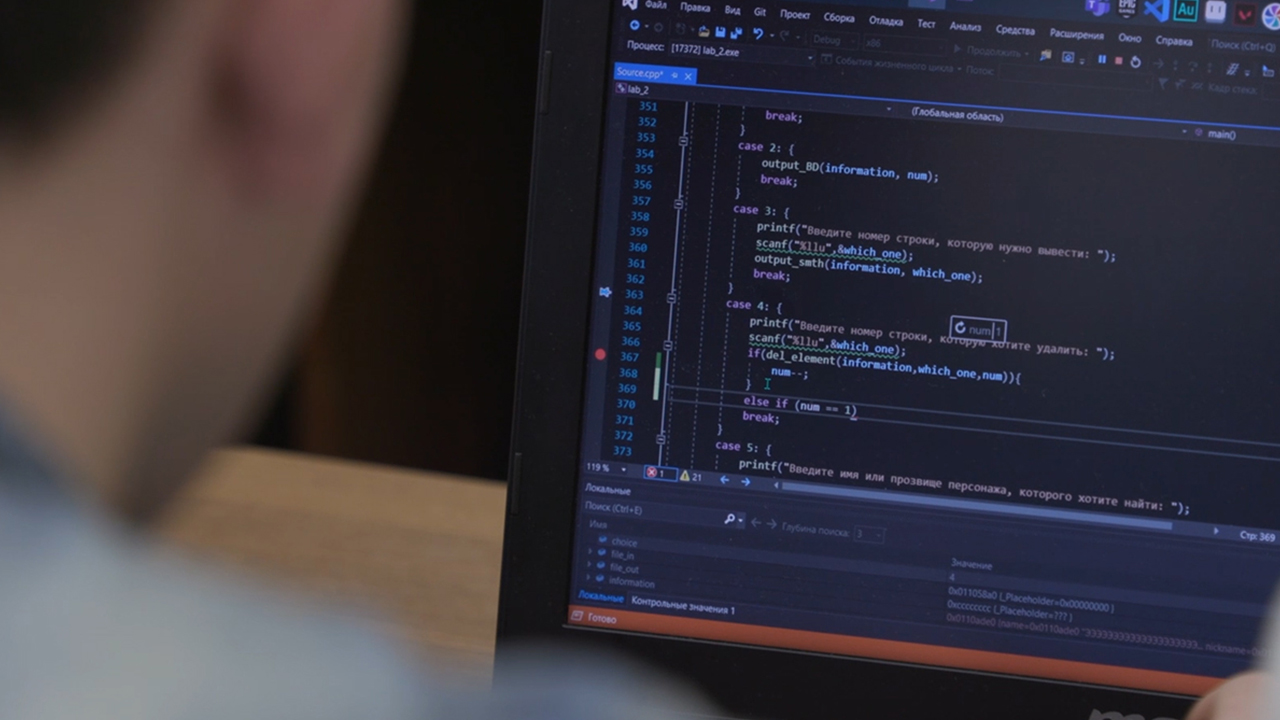
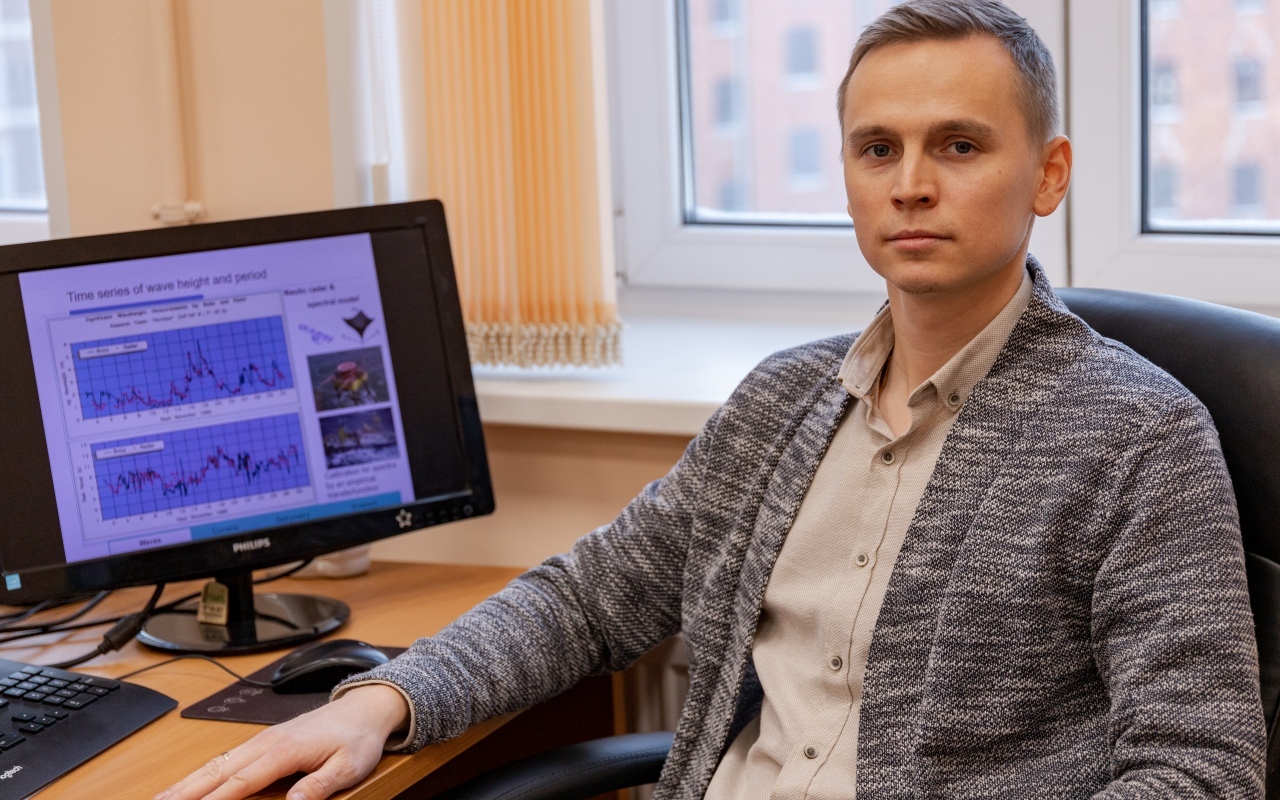
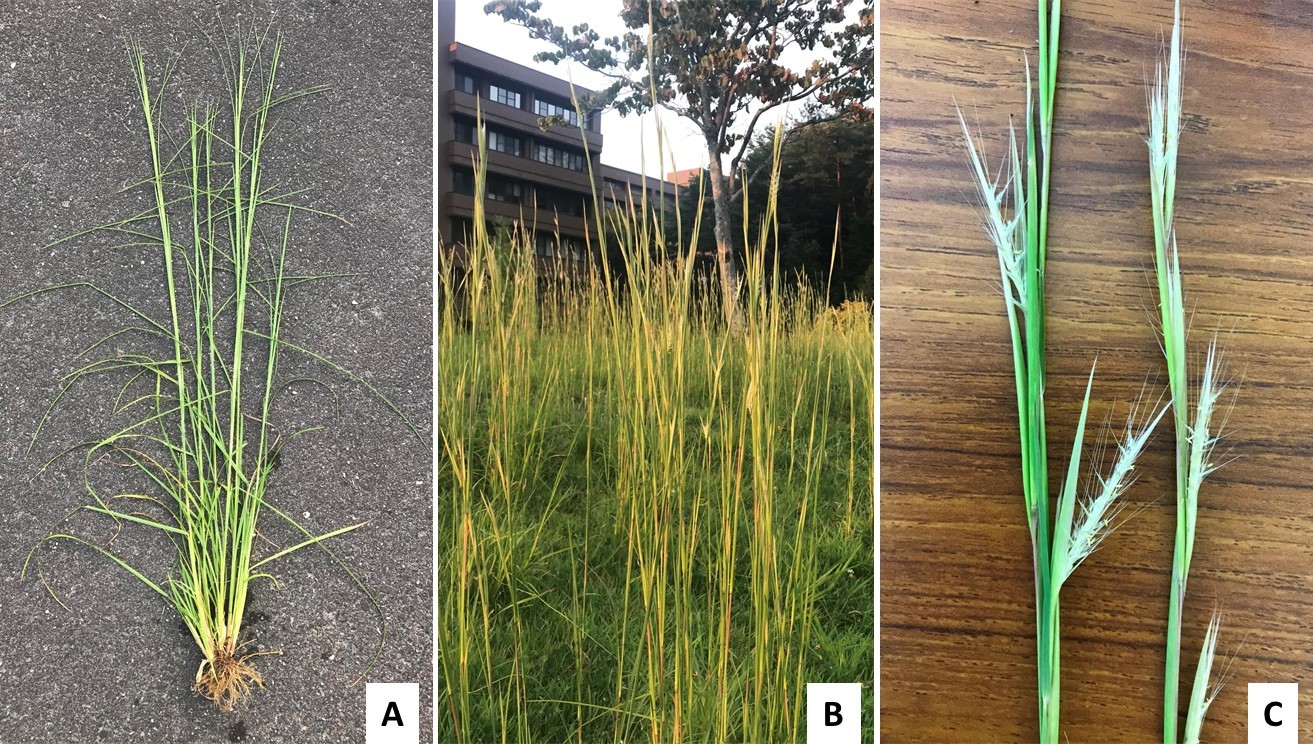

.jpg)
